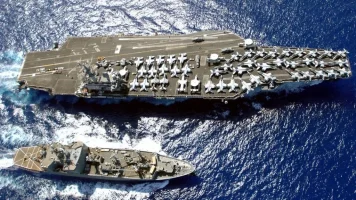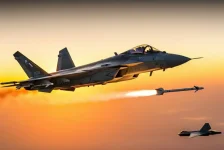- Views: 3K
- Replies: 8

The Bangladesh Air Force (BAF) is embarking on a significant modernization drive, with Air Chief Marshal Hasan Mahmud Khan emphasizing the force's commitment to upgrading its fleet.
In a recent statement to the media, he declared, "We're devotedly trying to acquire multirole combat aircrafts and attack helicopters," signaling a strategic shift towards enhancing both offensive and defensive capabilities.
A key highlight of this modernization effort is the potential acquisition of the Chinese Chengdu J-10C multirole fighter aircraft. Sources indicate that the BAF is considering purchasing 16 J-10C jets in the initial phase. This move is seen as a strategic effort to replace the aging F-7MB squadron, a mainstay of the BAF's fleet that is nearing the end of its operational life.
The J-10C is a fourth-generation-plus fighter renowned for its versatility in both air-to-air and air-to-ground missions. Equipped with advanced avionics, an active electronically scanned array (AESA) radar, and the ability to deploy a wide range of modern weaponry, the J-10C would be a formidable addition to the BAF's arsenal.
Acquiring the J-10C would not only address the immediate need to replace aging aircraft but also significantly enhance the BAF's combat readiness and technological capabilities.
In addition to fighter jets, the BAF is also prioritizing the acquisition of attack helicopters. These versatile aircraft are crucial for close air support, anti-armor operations, and reconnaissance missions. Although specific models under consideration have not been publicly disclosed, the focus on attack helicopters indicates a comprehensive approach to modernizing the BAF's capabilities across a spectrum of operational scenarios.
While the acquisition of modern aircraft represents a significant step forward, challenges remain. These include integrating new platforms into existing operational frameworks, providing adequate pilot training, establishing maintenance and logistics support, and ensuring compatibility with current infrastructure.
Furthermore, the financial implications of these procurements will require careful planning and potentially increased defence spending.




